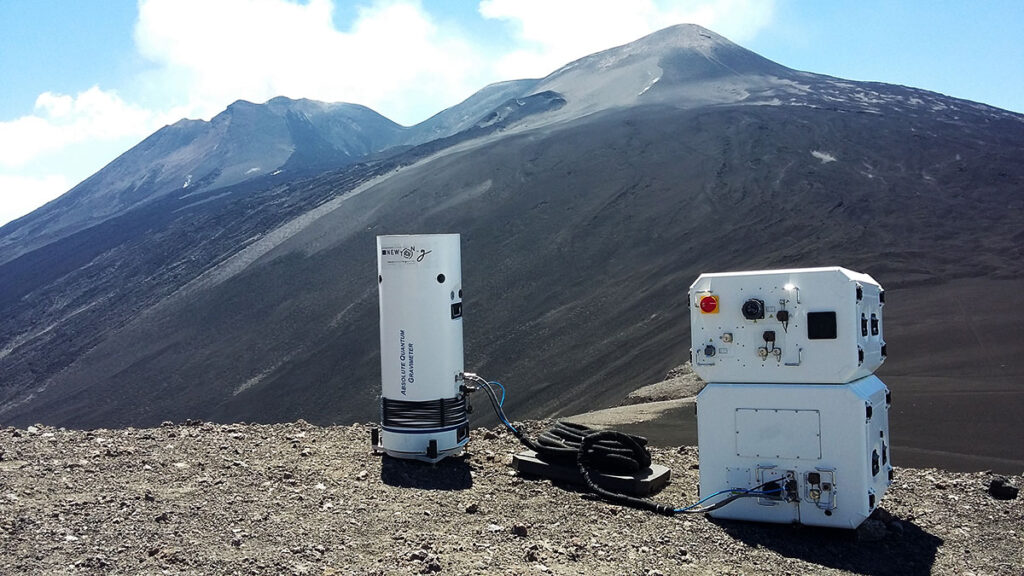Quantum Gravimeter
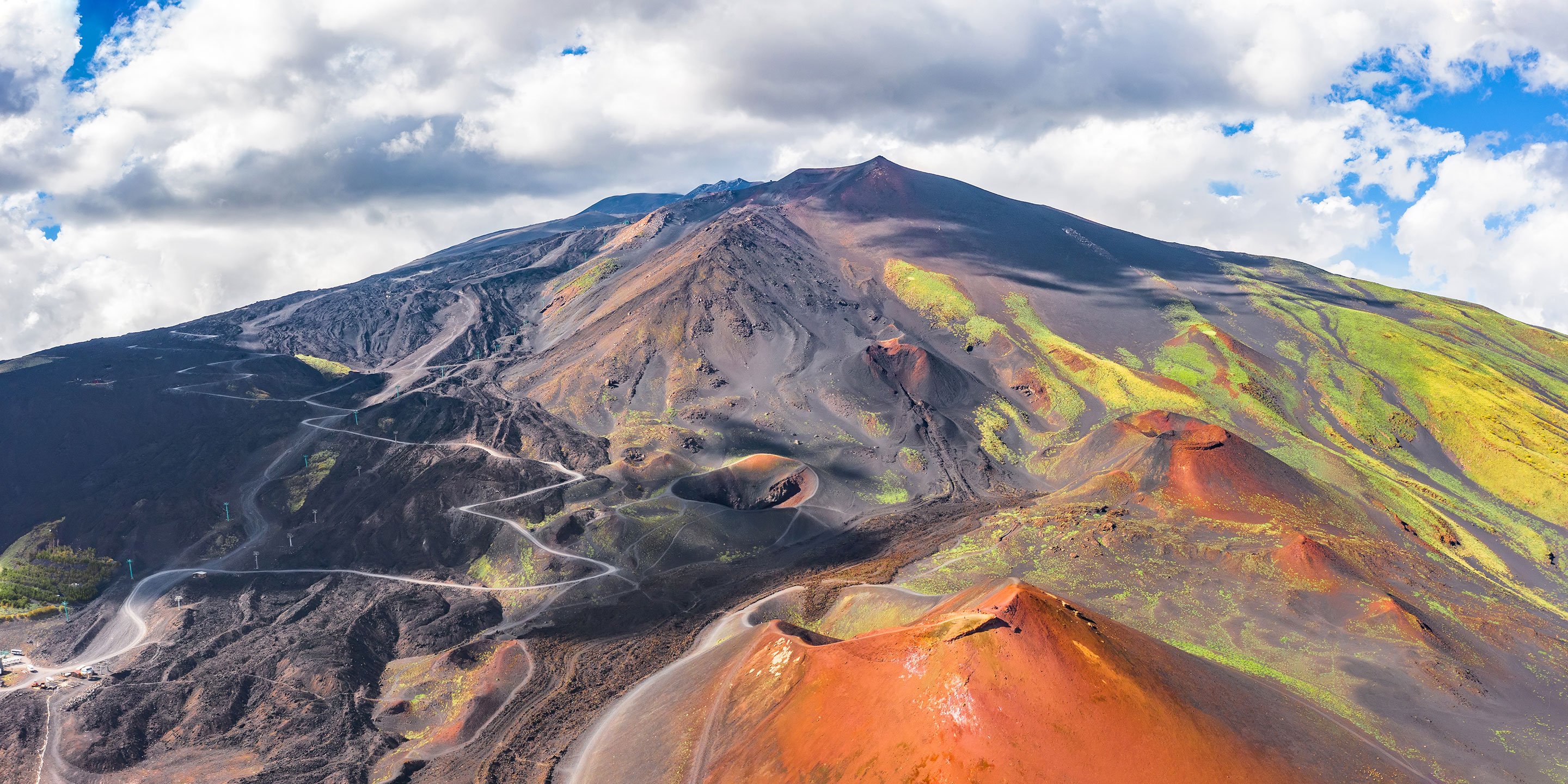
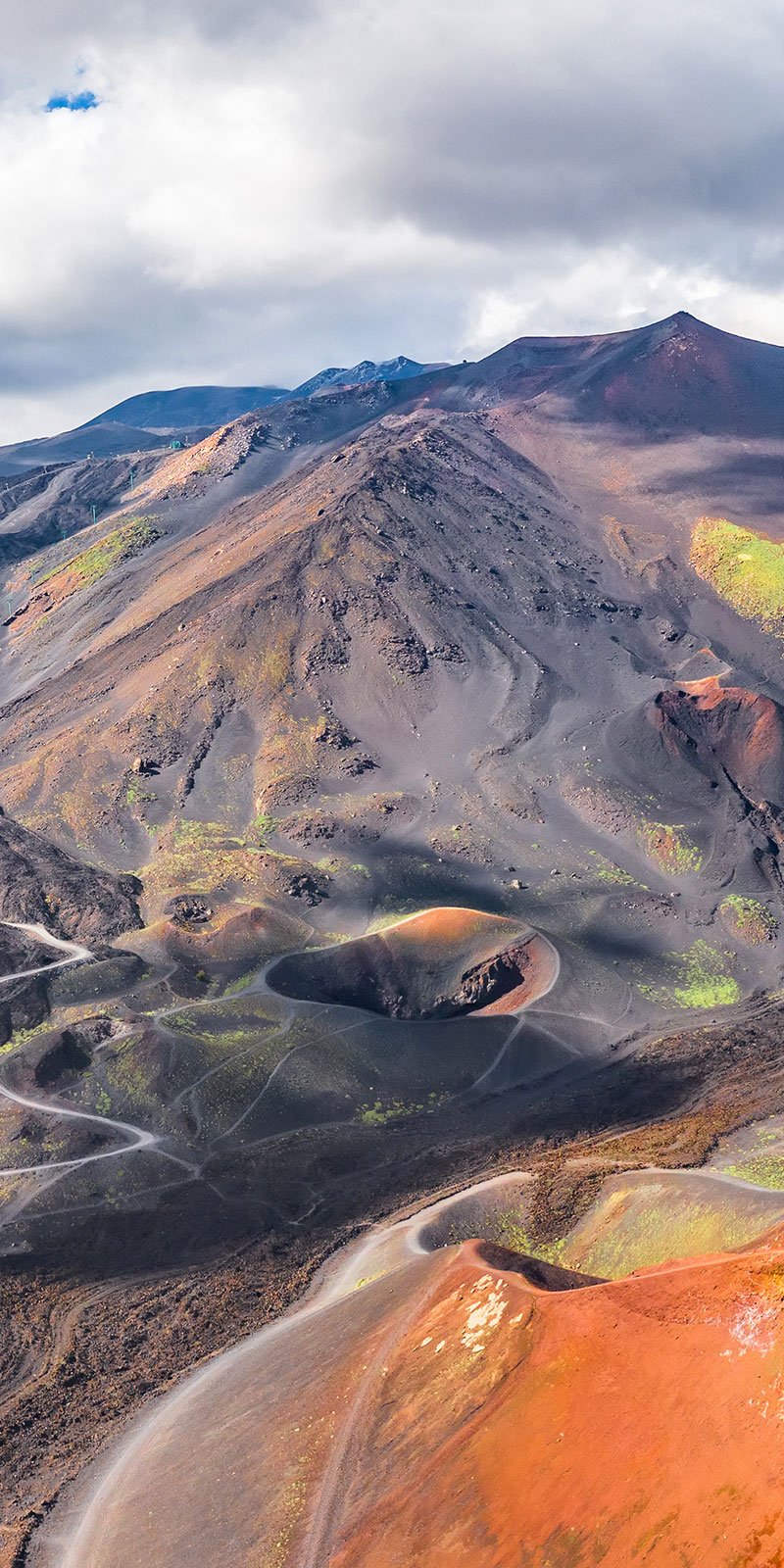
Thanks to the advances of Quantum Technologies, iXblue is able to provide a turn-key transportable quantum sensor measuring gravity at a level of 10-8 m/s2. The Absolute Quantum Gravimeter (AQG) measures the acceleration of a free-falling test mass in vacuum: the ballistic free-fall of an ensemble of laser-cooled atoms is accurately monitored, and the acceleration of gravity is then inferred. This technique is one of the ballistic free-fall methods proclaimed by the BIPM (Bureau International des Poids et Mesures) as an official primary method for the measurement of gravity.
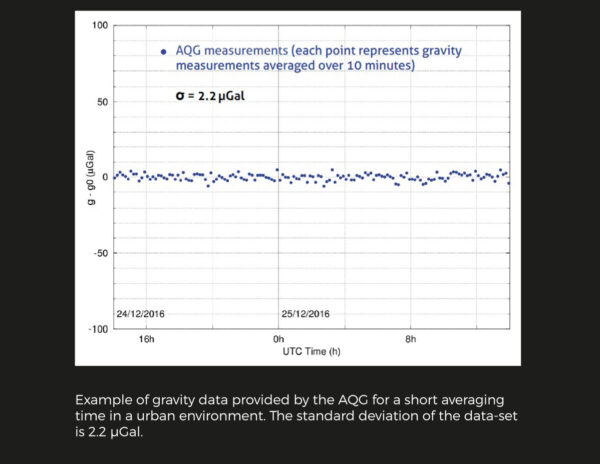
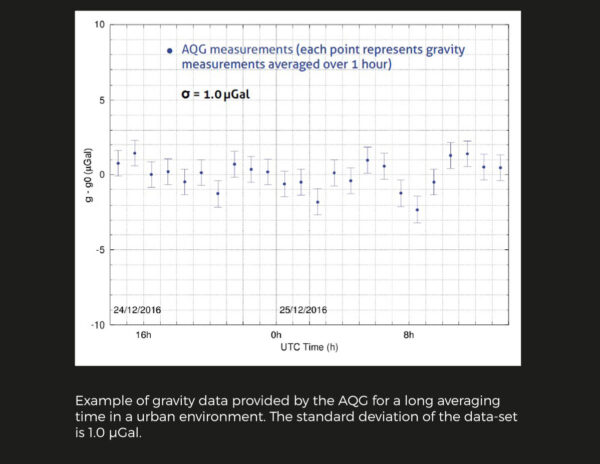
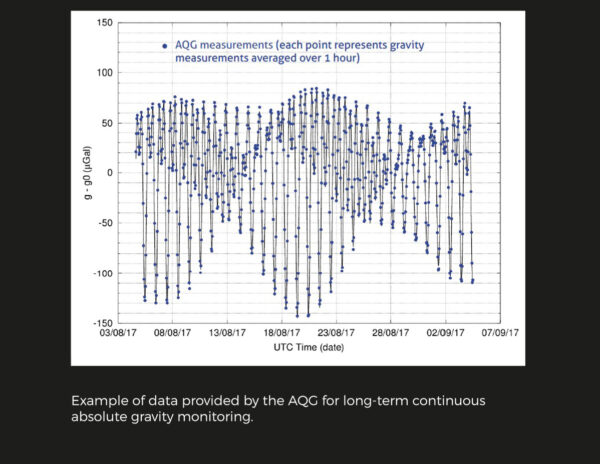
Publications
-
Gravity measurements below 10−9 g with a transportable absolute quantum gravimeter
Nature Scientific Report, 8:12300 (2018)
Gravimetry is a well-established technique for the determination of sub-surface mass distribution needed in several fields of geoscience, and various types of gravimeters have been developed over the last 50 years. Among them, quantum gravimeters based on atom interferometry have shown toplevel performance in terms of sensitivity, long-term stability and accuracy.
Download -
The added value of time-variable microgravimetry to the understanding of how volcanoes work
Earth-Science Rev. 169, 146 – 179 (2017)
During the past few decades, time-variable volcano gravimetry has shown great potential for imaging subsurface processes at active volcanoes (including some processes that might otherwise remain “hidden”), especially when combined with other methods (e.g., ground deformation, seismicity, and gas emissions). By supplying information on changes in the distribution of bulk mass over time, gravimetry can provide information regarding processes such as magma accumulation in void space, gas segregation at shallow depths, and mechanisms driving volcanic uplift and subsidence.
Read more -
Geophysics From Terrestrial Time-Variable Gravity Measurements
Rev. Geophys. (2017)
In a context of global change and increasing anthropic pressure on the environment, monitoring the Earth system and its evolution has become one of the key missions of geosciences. Geodesy is the geoscience that measures the geometric shape of the Earth, its orientation in space, and gravity field. Time-variable gravity, because of its high accuracy, can be used to build an enhanced picture and understanding of the changing Earth.
Read more -
Cold-atom absolute gravimetry
Encyclopedia of Geodesy, pp 1-6 (2016)
The principle of measurement of the gravitational acceleration by dropping atoms rose up in the 1990s. The first applications quickly revealed the promising alternative of coldatom gravimetry to classical free-fall techniques currently used to perform accurate and absolute measurements of the Earth gravity field.
Read more -
Stability comparison of two absolute gravimeters at their best capabilities: optical versus atomic interferometers
Metrologia 51, L15-L17 (2014)
We report the direct comparison between the stabilities of two mobile absolute gravimeters of different technology: the LNE-SYRTE Cold Atom Gravimeter (CAG) and FG5X#216 of the Université du Luxembourg. These instruments rely on two different principles of operation: atomic and optical interferometry.
Read more
